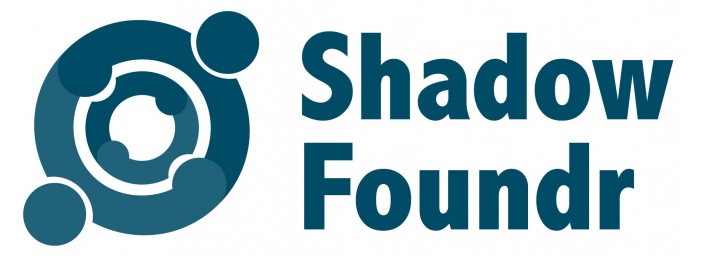Nuclear Reactors 725 - Moltex Energy Turns To Crowdfunding For Its Molten Salt Reactor - Part 3 of 3 Parts
Part 3 of 3 Part (Please read Parts 1 and 2 first)
In order to get interim funding, Moltex began working to raise about nine hundred thousand dollars last May through Shadow Foundr, a U.K. crowdfunding site. As part of their pitch, Moltex claimed to be “a disruptive outsider to the slow-moving nuclear industry.” Moltex also said that their technology would allow “nuclear energy plants to be built for half the cost of a coal-fired equivalent; preventing potential meltdowns; and converting existing nuclear waste into fuel for future nuclear energy.” Their crowdfunding campaign was successful.
Within six weeks of the launch of Moltex’s crowdfunding campaign, one hundred and fifty-six funders committed about three and a half million dollars. This was about four times the nine hundred thousand dollar goal that had been set for the crowdfunding campaign. Most of the funders committed the minimum of six hundred fifty thousand dollars. There was one commitment of about one million three hundred thousand dollars and another for two hundred and fifty thousand dollars.
Starting in 2018, Moltex raised four million two hundred and fifty thousand dollars. This sum included three million two hundred thousand dollars that Moltex received from Idom, a Spanish consulting and engineering firm. Overall, Moltex has raised about seven million seven hundred thousand dollars. This round of fund raising was considered as Series C by Moltex.
With respect to turning to crowdfunding for money, Newton said, “Up to this point we had always had a 50,000 pounds minimum investment, partly because of the overheads of managing large numbers of shareholders. [But] we had a suspicion that there would be some demand for shares at lower levels of investment, which turned out to be true.”
Some analysts suggest that there is a broader message behind the success of the Moltex crowdfunding campaign. They believe that it shows that the public is interested in nuclear power, especially molten salt and other types of Gen IV reactors, being part of the solution to reducing emissions of carbon dioxide to mitigate climate change.
Supporters of nuclear power point out that unlike wind and solar, nuclear can provide a twenty four hour source of electricity. This is referred to as base load power. The E.U. has decided to include nuclear power in a plan for financing sustainable energy.
One impediment to the expansion of nuclear power is the fact that it has a reputation for being dangerous. The industry does have a good safety record and it has resulted in far fewer deaths than caused by pollution from the use of fossil fuels. Public opinion has tended against nuclear power as a result of accidents such as Chernobyl, Three Mile Island and Fukushima. Although there were deaths caused by these accidents, there could have been many more without the quick responses to the accidents. In the end, it is the fear of a catastrophic nuclear accident that makes many people oppose any use of nuclear power. And, if there is such an accident, this might cause a public rejection of the construction of any new nuclear power plants.
Many of the advocates for green power such as wind and solar steadfastly reject nuclear power. On the other hand, there are green power supporters who say that nuclear power should be included in the mix of low-carbon energy sources. Last year, the Union of Concerned Scientists in the U.S suggested that funding for nuclear power should be based on “consumer protection, safety requirements, and investments in renewables and energy efficiency.” It may be that Gen IV reactors such as the SSR of Moltex will satisfy these requirements.
